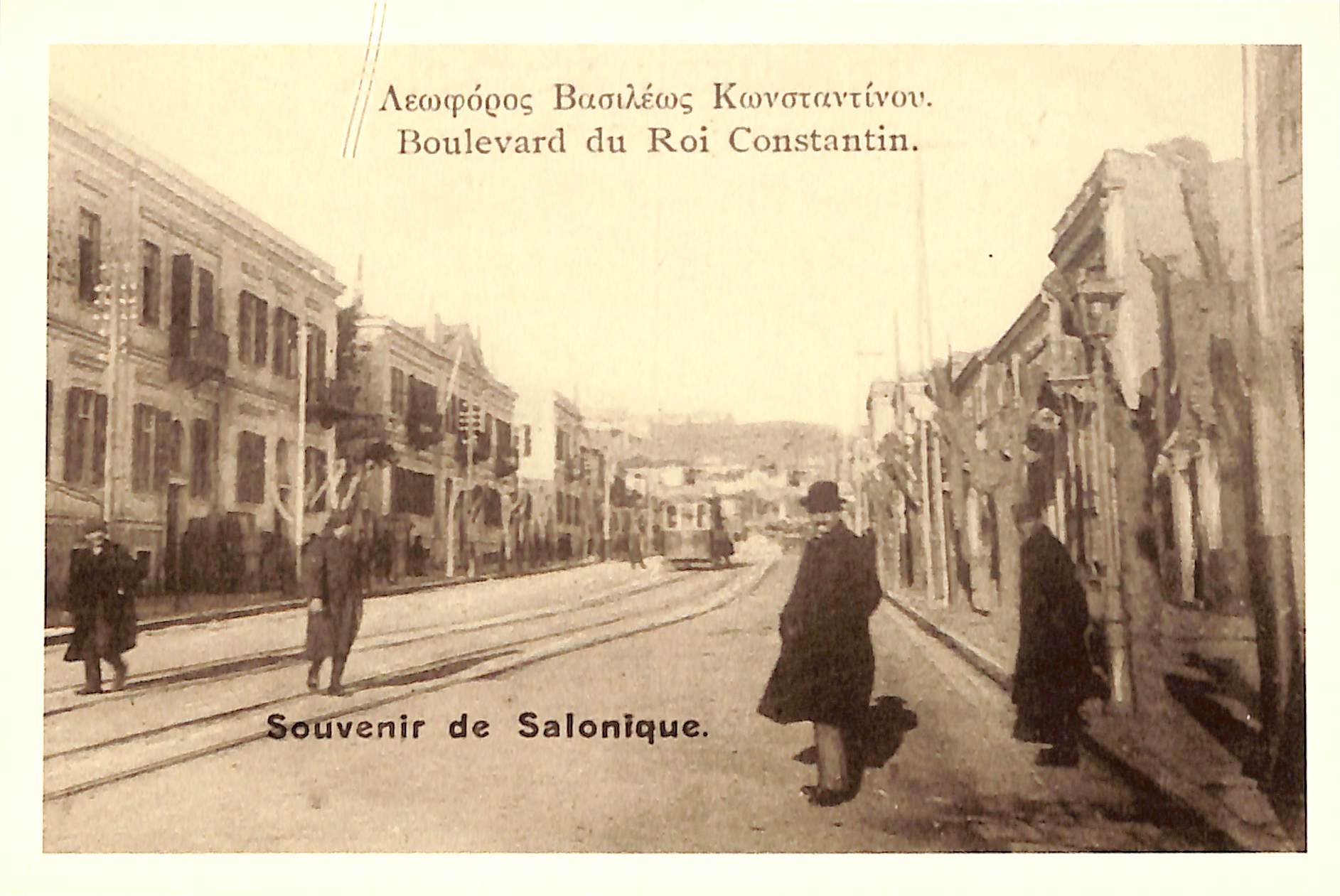
4/28/2025 3:29:12 PM
Ethnikis Aminis street of Thessaloniki
The Hamidiye Bulvarı Avenue or Sultan Abdul Hamit Avenue was designed in 1899, during the period when Thessaloniki was under Ottoman rule, as part of a wider plan to redevelop the city. For this purpose, the city's governor, Mehmed Sabri Pasha, proceeded to demolish the city's medieval walls and to expropriate part of Thessaloniki's large Jewish cemetery. The resulting street was 18 metres wide and connected the White Tower with a newly built square at the height of the gate of Kalamaria. Following the model of similar avenues in European cities of the same period, this avenue was flanked by a double row of trees. Two-storey blocks of flats were erected along this road, known as sultanlikia or sultanika, which were subsequently established as a model within the urban fabric.
During the Neo-Turkish movement in Thessaloniki, the name of the street was changed to the Avenue of Union. The avenue was renamed Vasileos Konstantinou in 1912, in honour of King Constantine I, while its current name, namely Ethnikis Aminis Street, owes its current name to the National Defence Government of Eleftherios Venizelos, which was established in Thessaloniki in 1916. In 1920, after the elections of 1 November, the avenue was renamed again to Vasileos Konstantinou, then in 1922 again to Ethnikis Aminis and later took the name of Vassilissis Sophias, and stayed as such up until 1983,when the street was once again renamed Ethnikis Aminis. Pictured: Electric tram on Hamidiye street or Vasileos Konstantinou street (now Ethnikis Aminis street) of Thessaloniki, early 20th century. ©Municipal Photography Museum of Kalamaria ‘Christos Kalemkeris’

